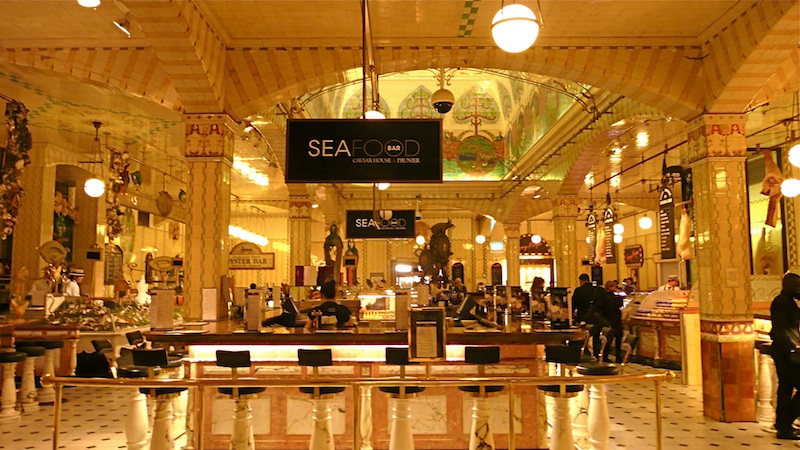LED fibs and facts: Straight talk from big commercial users


Earlier this week I poked fun at some overstated claims made by lighting manufacturers. The central jibe: While vendors of LED light bulbs say their product will last for decades, they only provide warranties of a few years.
Stories like this tend to elicit strong comments in defense of the LED industry. This week's ditty was no exception. LEDs have a lot of terrific attributes, including they only require about 20 percent of the energy of incandescent bulbs. They could indeed be the future of lighting, and the LED faithful come out in full force when challenged (readers wrote in that warranties now last as long as five years, for instance).
But LEDs still face many hurdles, particularly in the potentially vast commercial market, where they are a lot more expensive but not much more energy efficient than common fluorescent bulbs.
Don't just take my word.
Lux Magazine - the same truth-be-known publication which I cited in my column two days ago - recently gathered commercial lighting users, engineers and designers to discuss the realities of LEDs. They came from high profile British groups like Harrods and Selfridges department stores and Arup, the London-based global engineering company, to discuss the realities of LEDs. Here are a few excerpts, followed by a lively video of their candid talk:
"Over the last five years, I was really really excited by LEDs. And I took them as a passion, started changing (to) them and they started to fail.It's a learning curve of putting the right fittings in at the right place at the right time." - Charles Creak, facilities manager, The Entertainer (the U.K.'s largest toy chain).
"Some of the claims, they're kind of ridiculous." - Mark Sutton Vane of Sutton Vane Associates, a global lighting design firm.
"I think everyone's a bit confused about where LEDs are and what they can and can't achieve and what people are claiming they can and can't achieve." - Jeff Shaw, lighting designer, Arup.
"I can only go by my experience, really, which is that we've had good and bad experiences of them." - Lesley Batchelor, director of Studio DB, a retail interior design firm.
"Needs to stand out more than it actually does at the moment compared to metal halide as an example." - Bernard Fagan, senior facilities manager, Selfridges.
"I don't think it's necessarily the total answer. But there is a place for it in our business. We've used it quite predominantly in new areas, but with a mix" (including metal halide and fluorescent). - Mark Fleming, engineering manager, Harrods.
Photos: Harrods is from Herry Lawford and New York is from Felix, both via Flickr. Video is from Lux Magazine via YouTube.
Some of SmartPlanet's leading light stories:
- This LED will last forever
- LED bulbs banned, recalled for shock hazards
- Philips shatters LED efficiency record
- Is LED light quality improving?
- The LED price tipping point is here
- Hasta la vista, incandescent light bulbs!
- Another myth of LED energy savings
- Goodbye LEDs, hello plastic bulbs?
- The myth of LED energy savings
- More LED truths and half-truths
- When good lights go bad: LED breakdown
- The hot and cold of LED lighting
This post was originally published on Smartplanet.com